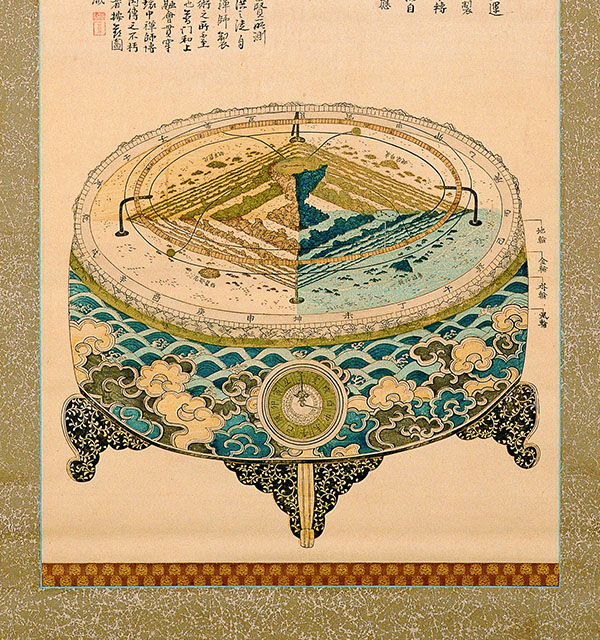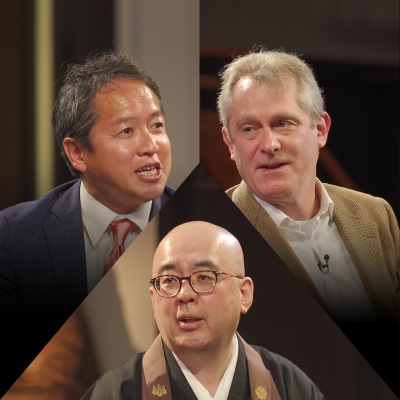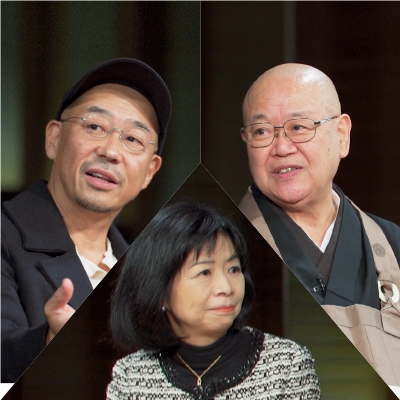
The History of Zen: Discovering the Roots of Sōtō Zen (23)
From Prof. KAGAMISHIMA Genryū’s Zengaku gairon kōgi nōto
(Introduction to Zen Studies Lecture Notes)
Chapter Nine: Japanese Zen
Japanese Zen consists of three schools: Rinzai-shū臨済宗, Sōtō-shū曹洞宗, and Ōbaku-shū黄檗宗. Rinzai-shū and Sōtō-shū were brought to Japan from China during the Kamakura Period鎌倉時代, and Ōbaku-shū came from China in the Edo Period江戸時代. The three schools of Japanese Zen are different in their teachings and history, and will be outlined below.
Section One: Rinzai-shū
The first person to bring Rinzai-shū to Japan was Eisai栄西 (also Yōsai, 1141–1215). Eisai traveled to Song China where he was taught the Zen of the Huanglong (Jpn. Ōryū-ha黄龍派) branch of the Linji School. After returning to Japan he founded Kennin-ji建仁寺 monastery in Kyoto and Jufuku-ji寿福寺 monastery in Kamakura.
The Zen taught by Eisai was that of the Huanglong branch of the Linji School, but the Rinzai-shū later brought to Japan exclusively belonged to the Yangqi (Jpn. Yōgi-ha楊岐派) branch of the Linji School, a lineage different from that of Eisai. Eisai was active in Kyoto and Kamakura, and after him Japanese Rinzai-shū split into Kyoto and Kamakura branches and expanded.
Rankei Dōryū蘭渓道隆 (Chn. Lanxi Daolong, 1213–1278) and Mugaku Sogen無学祖元 (Chn. Wuxue Zuyuan, 1226–86), both émigrés from China, brought Rinzai-shū to Kamakura. Rankei founded the Kamakura monastery Kenchō-ji建長寺, and Mugaku founded Engaku-ji円覚寺. These emigrant monks are known for teaching Zen to the Hōjō family北条氏 and the Kamakura warriors. On the other hand, Rinzai-shū centered in Kyoto was introduced by the Japanese monk Enni Bennen円爾弁円 (Shōichi Kokushi聖一国師, founder of Tōfuku-ji monastery東福寺, 1202–1280) who had studied in Song China. Enni had studied the Yangqi (Jpn. Yōgi-ha) branch of the Linji School in Song China, and when he returned to Japan he taught in Kyoto and founded Tōfuku-ji monastery.
Rinzai-shū in Japan developed around two focal points in Kyoto and Kamakura, but at present the main lineage of Japanese Rinzai-shū comes from neither of these two groups but from a different lineage. That was the lineage of Daiō Kokushi大応国師 (Nanpō Jōmyō南浦紹明, 1277–1360), Daitō Kokushi大燈国師 (Shūhō Myōchō宗峰妙超, 1282–1337), and Kanzan Kokushi関山国師 (Kanzan Egen関山慧玄, 1277–1360), abbreviated as the lineage of Ō-Tō-Kan応・燈・関. Later on in the Edo Period this lineage produced Hakuin Ekaku白隠慧鶴, 1685–1768) who brought new life to Rinzai-shū. The current Rinzai-shū is represented by Hakuin.
The characteristic of Japanese Rinzai-shū is that it accurately transmits Song Dynasty Chinese Zen, and has few Japanese characteristics. This is because the founders of Japanese Rinzai-shū truly respected Chinese Linji. The unique characteristic of Chinese Song Dynasty Zen was strongly rooted in “a special transmission outside the scriptures, not based on words and letters” and made significant use of dialogue and deliberation. It also made extensive use of kōans. Under the influence of Song dynasty Chinese Zen, Japanese Rinzai-shū has a unique focus on kōans.

SPECIAL
ZEN,KOMAZAWA,MANAGEMENT
For our 5th discussion in this series we welcomed guest participant Mr. David Atkinson, CEO of Konishi Decorative Arts and Crafts, for a three-way dis・・・
2020.08.07

SPECIAL
ZEN,KOMAZAWA,MOVIE
For our fourth interview we welcomed film director Tatsushi Ōmori as our guest, and together with Komazawa University Chancellor Seishi Nagai and Prof・・・
2020.03.05

